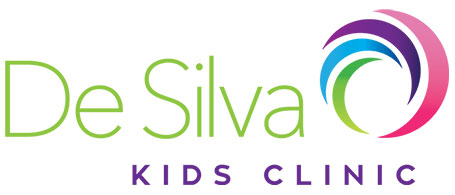Does your child love when you sing? Do you ever find them humming or clapping along to music on TV?
I have often wondered why children enjoy music and why they pick up tunes so easily. It turns out no one really knows why, but a lot of evidence points toward the fact that music has evolved as a tool that promotes bonding and social interaction.
So how can we use music to help our children do just that?
Children learn by repetition, so choosing a song with a repeated verse or chorus is very helpful! Also, changing your tone of voice, facial expression, and actions keeps children interested. Remember to sit face to face, so your child can see exactly what you’re doing, and you can see how your child is reacting.
First your child must learn the song, but once they have heard it about five times, you can give them an opportunity to take a turn in the song by stopping and giving them time to fill in the blanks. It’s a great idea to stop at a repetitive part of the song, or a part that they know, look at them expectantly, and wait about 3-5 seconds so they have an opportunity to do their part. If they don’t take a turn, that’s okay! Just keep singing, make it fun, and try again later.
Here’s an example of how we can use the song Old MacDonald to increase verbal and/or non-verbal communication and interaction.
For the non-verbal child:
If your child isn’t talking yet, they can participate in the song by using actions, or making sounds.
“Old MacDonald had a farm
E-I-E-I-O
and on his farm there was a chicken
E-I-E-I-O
with a bok bok here and a bok bok there, her a bok, there a bok, everywhere a bok bok
Old MacDonald had a farm
E-I-E-I-O“
Repeat with other farm animals
- you can do a chicken dance action with your arms during “bok bok”, at the final “bok bok” wait to see if your child imitates this action
- you can make a big circle with your arms for each “O” and at the last “O” wait to see if your child imitates this action
- you can even make a circle with your mouth during the “O” and wait to see if your child attempts this too!
For the verbal child:
If your child is already saying some words, they can participate in the song by singing along with words, sounds, and actions. They can even build their vocabulary!
“Old MacDonald had a farm
E-I-E-I-O
and on his farm there was a chicken
E-I-E-I-O
with a bok bok here and a bok bok there, her a bok, there a bok, everywhere a bok bok
Old MacDonald had a farm
E-I-E-I-O“
Repeat with other farm animals
- you can sing the song and at the final “bok bok” STOP. Wait to see if your child fills in the blank with “bok bok” or something similar. If they don’t fill in the blank within 3-5 seconds, keep singing! It’s important to ensure that singing is a fun and low pressure activity, not a chore.
- you can sing the song and at the final “O” stop and wait to see if your child fills in the blank with “O”
- If you’re working on vocabulary you can use a farm animal book or puzzle. When you get to the “chicken” stop, point to the chicken and wait to see if your child will say “chicken”
You can try this with any songs and any actions! Just remember these three important points:
- Be face-to-face and be animated
- Singing should be fun! Try not to pressure your child to participate in the way that you want. Wait and see what they like and what they do.
- Repeat, repeat, repeat!
Written by Alicia Katz, De Silva Kids Clinic





